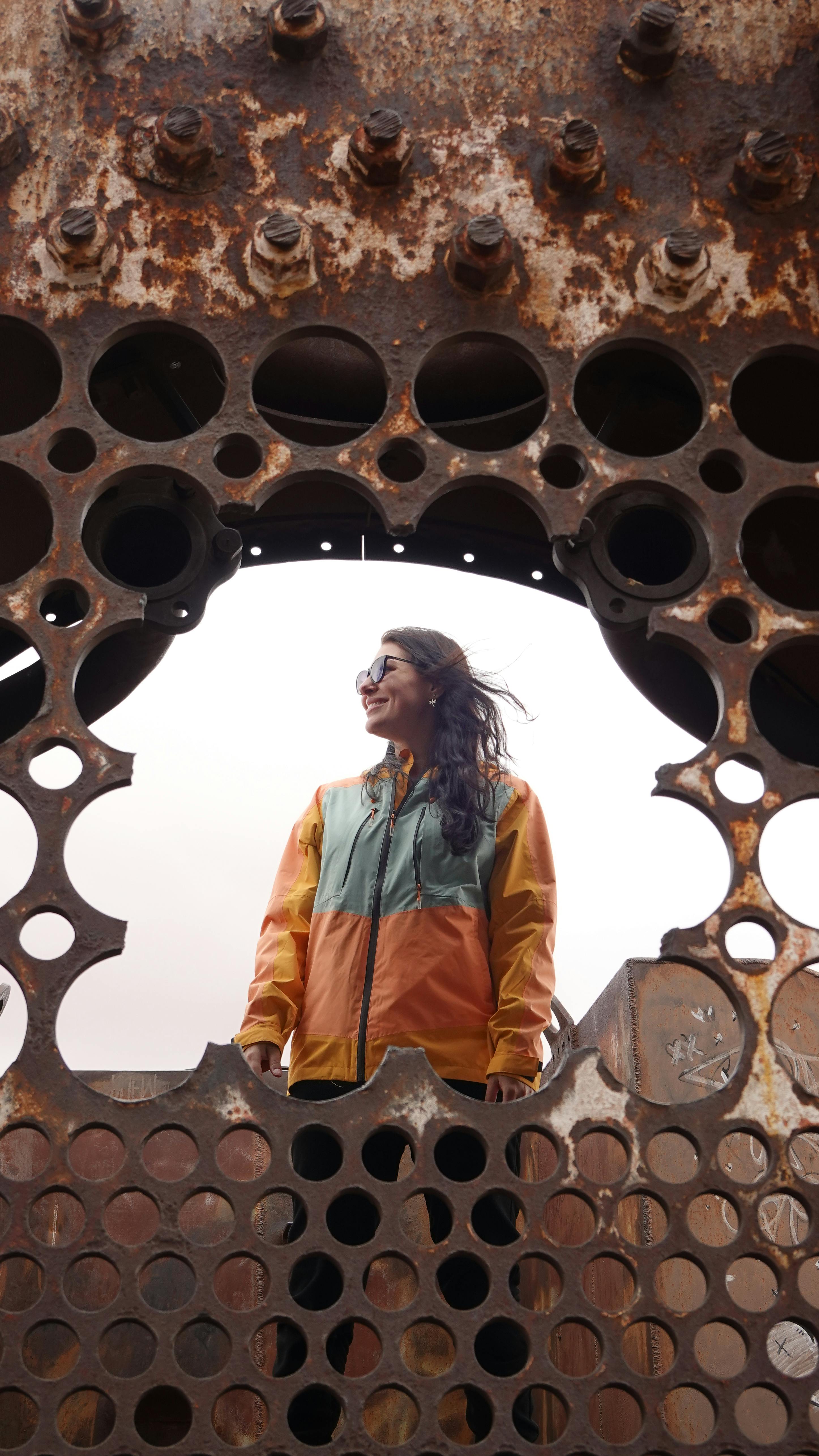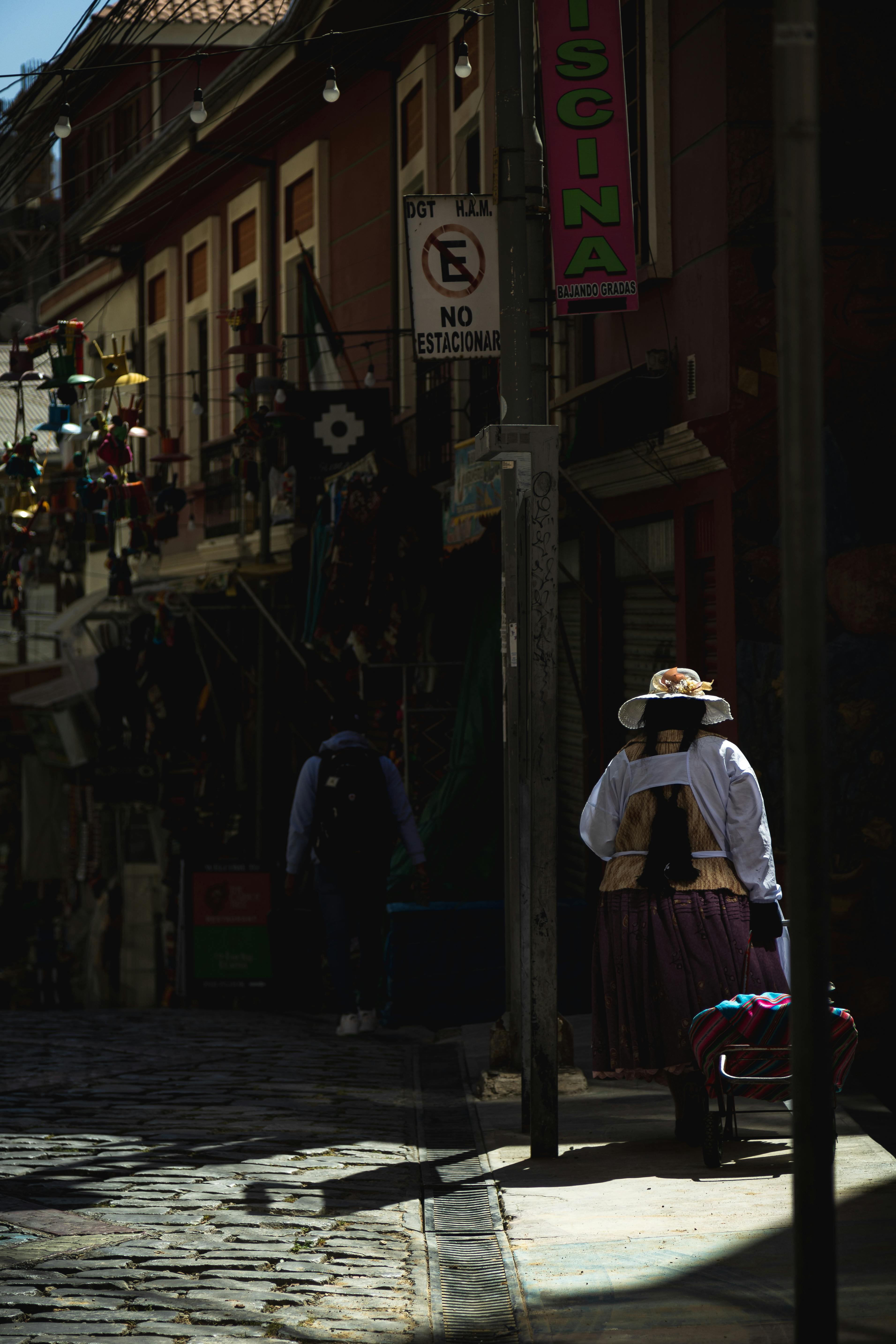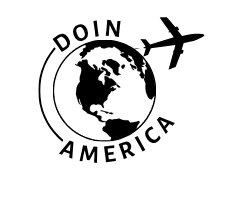Bolivia’s Historical Leaders: Key Moments for Beginners Explained
How do you really get to know Bolivia’s story if you’re new to its history? I’ll be honest—when I first started digging into Bolivia’s past, I found the famous names fascinating, but the timelines and context could feel overwhelming. It’s no surprise: Bolivia’s journey is packed with dramatic change, cultural complexity, and truly inspiring personalities (with a few controversial twists). But what if there was a simple, beginner-friendly roadmap—one that guided you from foundational moments to the modern era, highlighting not only the bold headlines but also the quietly powerful acts that continue to shape everyday Bolivian life?
That’s what this guide aims to deliver. I’ve spent years exploring Latin America as a teacher, traveler, and insatiably curious reader. What strikes me most—every time I revisit Bolivia’s history—is how much these leaders’ stories still influence how people live, protest, celebrate, and dream across the country today. Before we get ahead of ourselves, let’s lay out exactly where we’re headed.
Spotlight on Inspiring Leaders
Where do we begin with Bolivian leaders? Drumroll, please—this is genuinely where historical study gets captivating. I’ve dived into archives, talked with local historians, and spent many evenings debating Bolivar’s legacy over sweet api in Cochabamba. What emerges is a mix of myth and reality, heroism and human fallibility.
Túpac Katari: Rebellion’s Relentless Spirit
Whenever indigenous resistance in Bolivia is mentioned, Túpac Katari’s name echoes through the crowd. Back in 1781, this Aymara leader staged a siege on La Paz that lasted over six months—a nearly forgotten uprising that jolted colonial rule. While his movement was brutally suppressed, its legacy drove the region’s push for dignity and self-determination. It’s humbling to see how modern activists invoke his story during social protests today2.

Cultural Impact: Legacy Today
Let me think—what’s the most practical way to see these leaders’ impact on day-to-day life? It isn’t just monuments or street names. It’s the living customs, languages, and ongoing debates in family homes, classrooms, city forums, and rural pueblos. I’ve witnessed firsthand how Bolivians use historic legacy as a lens for evaluating law, justice, and equality.
For example, during school assemblies across La Paz, children recite lines from Bartolina Sisa—sometimes with more poetry than fact, but always with pride. Meanwhile, market traders invoke Katari’s resistance in union meetings when negotiating fair wages. In Sucre, you’ll encounter student-led reenactments of key independence battles—reminders that history is never far from daily conversation.
À retenir :
Leadership in Bolivia is understood collectively. Even individual heroes are symbols of larger movements—indigenous, working-class, and multicultural communities collaborating toward shared goals.
Conclusion: Connecting Past to Present
Honestly, I reckon the real heart of Bolivia’s history isn’t only found in biographies—it’s in collective memory. Each leader, whether celebrated or contested, contributes to ongoing debates about dignity, freedom, and justice. Every time I revisit these stories, my perspective shifts just a bit more; there’s always fresh detail, a new contradiction, a modern parallel. From my travels, I’ve noticed that Bolivians—especially younger generations—continue to reinterpret these figures for today’s complex social realities.
Let’s pause here for a moment. What lessons matter most for beginners? Actually, let me clarify—there’s no single answer. Some draw inspiration from Katari’s stubborn resistance; others from Morales’s radical inclusivity; others from Santa Cruz’s relentless idealism. The tapestry is richer for its diversity, and every time you explore further, you’ll find history is not a set path, but a living, breathing conversation.
Appel à l'action :
If you’re just starting out—or guiding someone through Bolivian history—don’t settle for surface-level facts. Engage actively, ask varied questions, and challenge your assumptions. The best roadmap? Curiosity, openness, and connection.



